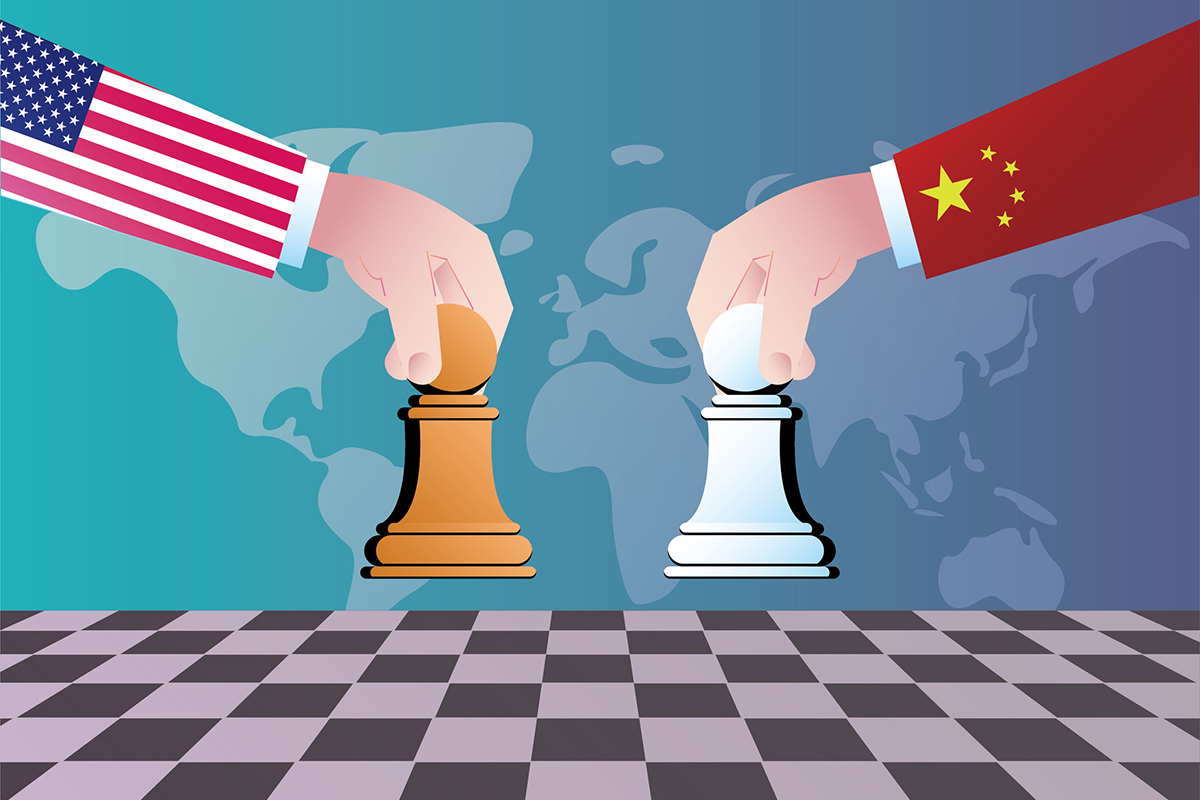Decoding Trump's Tariffs: The Impact on My World
I am seeing the impact around friends and family with the recent tariff raises. Many are now struggling to import their goods into the US, and businesses, even those close to me, are greatly impacted. I can't imagine the scale of the disruption if this continues. In fact, after extreme highs of 145% to even 245% on reciprocal tariffs, the current general reciprocal tariff for most Chinese imports has been reduced to 30% for a 90 day period. So, what happens after this 90 day period?
Many see Trump's tariff strategy as a deliberate move to pressure China and curb its growing economic power. Let's break down his motivations and what they could mean.
To understand Trump’s often surprising moves, we must see the bigger U.S. goals: economic growth and jobs, price stability, reviving manufacturing and cutting the trade deficit, improving government finances, limiting rivals’ growth, and maintaining the dollar’s global dominance.
While economic growth used to be the top priority for decades, Trump's approach often sacrifices it to achieve other goals. Price stability is typically the Federal Reserve's responsibility, not the President's. In fact his policies and ideas may actually weaken the US dollar's global standing. That might be a surprise, considering how much the U.S. benefits from a strong dollar. But if you consider the possibility that he is willing to weaken the dollar's global standing or not prioritize traditional economic growth in order to achieve other goals, his strategy becomes clearer. He might seem crazy, but he's not stupid.
A Look Back: Why U.S. Manufacturing Left Home
The U.S. dollar's role as the world's main currency means easy access to capital markets and global liquidity for tech giants and Wall Street, and low borrowing costs for the government. However, this strong dollar has also contributed to persistent trade deficits over several decades and the decline of manufacturing jobs in the U.S. Meanwhile, China’s rapid export growth has turned the U.S.'s loss of manufacturing into a national security concern, driving the urgency behind current policies.
US Government’s Debt Dilemma
The U.S. federal budget deficit for fiscal year 2025 is projected at about $1.9 trillion. After the 2008 financial crisis, very low interest rates made such deficits more manageable by keeping government borrowing costs low. But since the pandemic, the Federal Reserve has raised interest rates significantly to combat inflation, which doubled the government's interest payments in just three years. So, improving government finances appears to be Trump’s top priority, with other issues like China’s rise or manufacturing taking a backseat. The focus is on slowing the rapid growth of debt rather than eliminating it.
Decoding The Recent Tariffs and Monetary Policy
While Trump may downplay inflation and economic growth concerns, the Federal Reserve prioritizes controlling inflation and economic stability. If tariffs push inflation higher, the Fed may respond by raising interest rates, which increases government debt costs and works against Trump’s goal of improving finances.
Long story short, Trump views tariffs mainly as a negotiating tool to pressure other countries, offering to reduce tariffs if they align with U.S. interests – such as jointly targeting China, increasing investment in the U.S., or making financial contributions. His broader aim is to reshape the global trade system in favor of the U.S.
The Realities and Contradictions
Trump’s strategy to reduce trade deficits, improve government finances, and limit rivals centers on tariffs and monetary policy shifts. Since monetary policy is difficult to change quickly, tariffs serve as a practical first step to pressure other countries.
Trump uses tariffs as leverage while pushing for lower interest rates to support growth and domestic industry. However, the Federal Reserve currently prioritizes controlling inflation and maintaining price stability amid economic uncertainties. Many of Trump’s goals conflict with the Fed, Western allies, and Wall Street. Ironically, some of Trump’s aims align with China’s, since both prefer lower U.S. interest rates: Trump to stimulate U.S. industry, China to ease financial pressures and support domestic consumption. The US and China’s deep financial and trade ties make a rapid economic split unlikely, suggesting the trade war may not be a long-term scenario.
